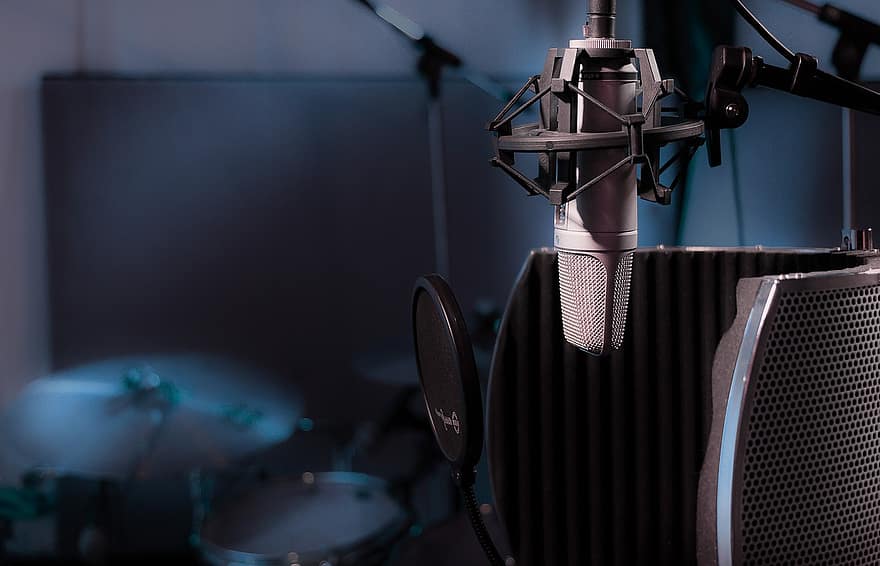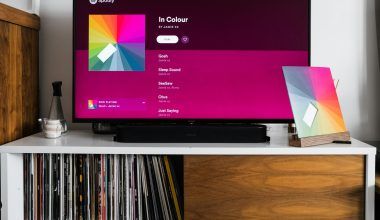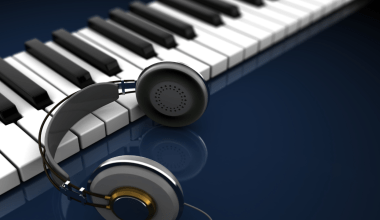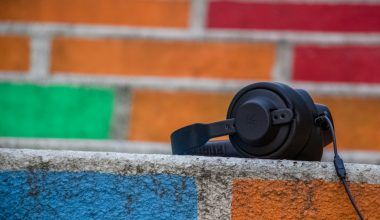A studio singing microphone is one of the most important tools for any vocalist or music producer. Whether you’re a seasoned professional or an aspiring artist, choosing the right microphone can make or break your recordings. A high-quality studio singing microphone not only captures the nuances of your voice but also enhances the clarity and warmth of your vocals.
This blog will guide you through everything you need to know about studio singing microphones—from types and features to tips on choosing the best one for your needs.
Why a Studio Singing Microphone Matters
The microphone is the first link in the recording chain. A studio singing microphone is designed to capture your voice in its purest form, ensuring every note and emotion is conveyed. Here’s why investing in a good microphone is essential:
- High-Quality Sound: A good mic ensures professional-level sound clarity.
- Dynamic Range: It captures both soft whispers and powerful belting without distortion.
- Durability: Studio mics are built to last, handling years of use.
When choosing a studio singing microphone, you’re investing in the foundation of your music career.
Types of Studio Singing Microphones
Different microphones serve different purposes. Here are the main types of studio singing microphones:
1. Condenser Microphones
- Best For: Studio vocals, acoustic instruments.
- Features: High sensitivity, wide frequency range.
- Popular Models: Neumann U87, Audio-Technica AT2020.
Condenser mics are ideal for capturing detailed, nuanced vocals.
2. Dynamic Microphones
- Best For: Live performances, loud sound sources.
- Features: Durable, less sensitive to background noise.
- Popular Models: Shure SM7B, Electro-Voice RE20.
Dynamic mics are rugged and great for vocalists with powerful voices.
3. Ribbon Microphones
- Best For: Vintage-style recordings.
- Features: Warm, natural sound.
- Popular Models: Royer R-121, AEA R84.
Ribbon mics are perfect for adding a retro touch to your recordings.
Key Features to Look for in a Studio Singing Microphone
Choosing the right studio singing microphone involves understanding key features:
- Frequency Response: The range of frequencies a mic can capture. Look for a balanced response for vocals.
- Polar Pattern: Determines the mic’s sensitivity to sound from different directions. Cardioid patterns are ideal for vocals.
- Sensitivity: Higher sensitivity captures softer details in your voice.
- Impedance: Lower impedance ensures better sound quality.
Understanding these features helps you choose a mic tailored to your recording needs.
Top Studio Singing Microphones in 2024
Here are some of the best studio singing microphones to consider:
1. Neumann TLM 103
- Why It’s Great: Exceptional clarity, low self-noise.
- Price Range: $$$
- Best For: Professional studio recordings.
2. Shure SM7B
- Why It’s Great: Versatile, rich sound.
- Price Range: $$
- Best For: Both vocals and podcasts.
3. Audio-Technica AT2020
- Why It’s Great: Affordable, high-quality performance.
- Price Range: $
- Best For: Beginners and home studios.
4. Rode NT1-A
- Why It’s Great: Low noise, detailed sound.
- Price Range: $$
- Best For: Crisp vocal recordings.
Investing in one of these studio singing microphones ensures top-notch recordings.
How to Use a Studio Singing Microphone
Getting the best out of your studio singing microphone involves proper technique and setup:
- Positioning: Place the mic at mouth level, about 6-12 inches away. Use a pop filter to reduce plosive sounds.
- Environment: Record in a sound-treated room to minimize echo and background noise.
- Preamp Settings: Use a good preamp to enhance your mic’s performance.
- Post-Processing: Use EQ and compression to refine your recordings.
Proper usage maximizes the potential of your studio singing microphone.
Maintaining Your Studio Singing Microphone
To ensure your mic lasts for years:
- Clean Regularly: Use a soft cloth to wipe the exterior.
- Store Safely: Keep your mic in a case when not in use.
- Avoid Moisture: Keep it away from humid environments.
- Use a Shock Mount: Protects the mic from vibrations and accidental drops.
Regular maintenance keeps your studio singing microphone in top condition.
Tips for Choosing the Right Microphone
When selecting a studio singing microphone:
- Define Your Budget: Set a budget that matches your recording needs.
- Test Before Buying: Visit a store to test how the mic captures your voice.
- Consider Your Genre: Different genres may require different mic qualities.
- Check Reviews: Read reviews and watch demos of potential microphones.
These tips ensure you choose a mic that fits your style and budget.
The Future of Studio Singing Microphones
The technology behind studio singing microphones continues to evolve:
- USB Mics: Easy plug-and-play options for home studios.
- AI Integration: Mics with built-in noise cancellation and sound enhancement.
- Compact Designs: More portable options for on-the-go recording.
Staying updated with these trends helps you invest in future-proof equipment.
Conclusion
A studio singing microphone is more than just a piece of equipment—it’s the bridge between your voice and the world. By understanding the types, features, and proper techniques, you can choose a microphone that enhances your sound and elevates your music.
Whether you’re a beginner or a seasoned professional, investing in the right studio singing microphone can transform your recordings.
Related Articles:
For further reading, explore these related articles:
- Best Microphone for Singing at Home: Easy Guide for Beginners
- Best Microphone for Vocals – Top Picks for Studio and Live Performances
For additional resources on music marketing and distribution, visit Deliver My Tune.






